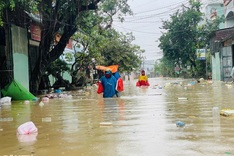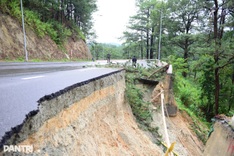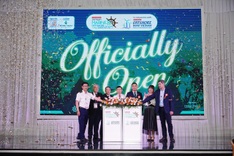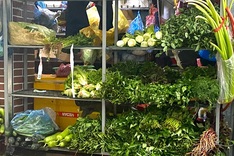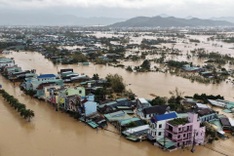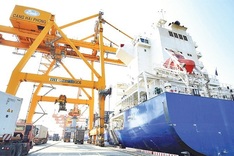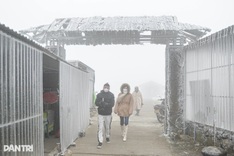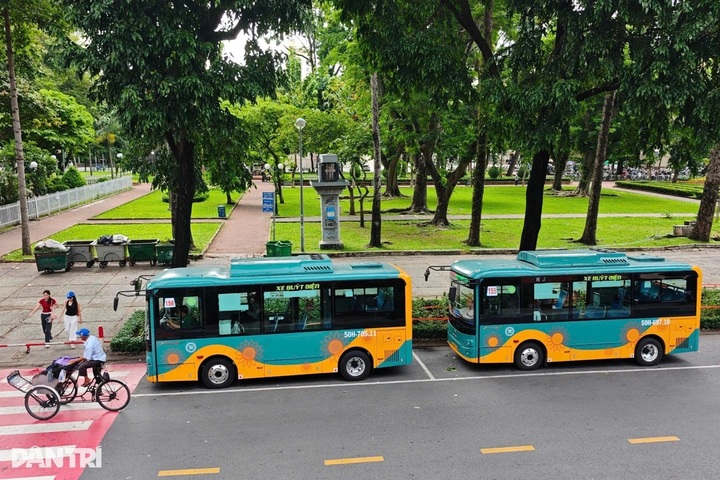
Electric buses in HCM City (Photo: Dantri/Dtinews)
The objective forms part of the national action plan on addressing air pollution and managing ambient air quality for 2026-2030, with a vision towards 2045, approved under a decision signed by Deputy Prime Minister Tran Hong Ha on November 19. The decision took effect from the date of signing.
According to the action plan, the 2026-2030 phase aims to control, prevent and gradually reverse air pollution in key economic zones, prioritising the mitigation of pollution in Hanoi, HCM City and neighbouring provinces. It also seeks to enhance the country’s capacity for controlling air quality nationwide, thereby protecting public health and fostering green and sustainable economic growth.
By 2030, Vietnam aims for measurable improvements in air quality nationwide. Specifically, in the capital city of Hanoi, the annual average PM2.5 concentration is expected to fall below 40 µg/m³ (a 20 per cent reduction compared to 2024), while at least 80 per cent of days each year should record air quality levels rated good or moderate under the VN_AQI index.
In the provinces surrounding Hanoi, the annual average PM2.5 concentration is expected to fall by at least 10 per cent from 2024 levels. In HCM City and other major urban areas, the plan sets the goal of annual improvements in VN_AQI indicators.
The plan also requires strict management and control of 100 per cent of major emission sources in industries with a high risk of contributing to air pollution. All road vehicles must also be regulated in accordance with national emissions standards. Public sanitation efforts, meanwhile, will be strengthened, notably with a ban on open burning of waste and agricultural by-products.
Vietnam aims to have 1,200 green buildings nationwide by 2030 and to establish a national environmental air pollution warning, forecasting and control system.
To realise these targets, the plan sets out a series of tasks and solutions, including improving the legal and policy framework on air quality control; promoting research, technology application and transfer; controlling and reducing emissions from industrial activities; and managing emissions from transport, expanding public transport networks and accelerating the shift to green, environmentally friendly mobility. It also highlights the formation and operation of a national steering committee on air pollution mitigation.
The Ministry of Agriculture and Environment will lead the implementation of assigned tasks, coordinating with ministries, sectors and localities.



